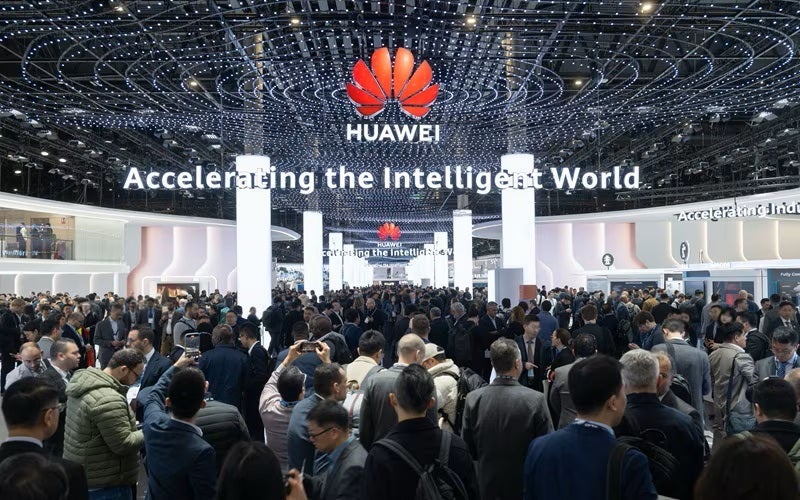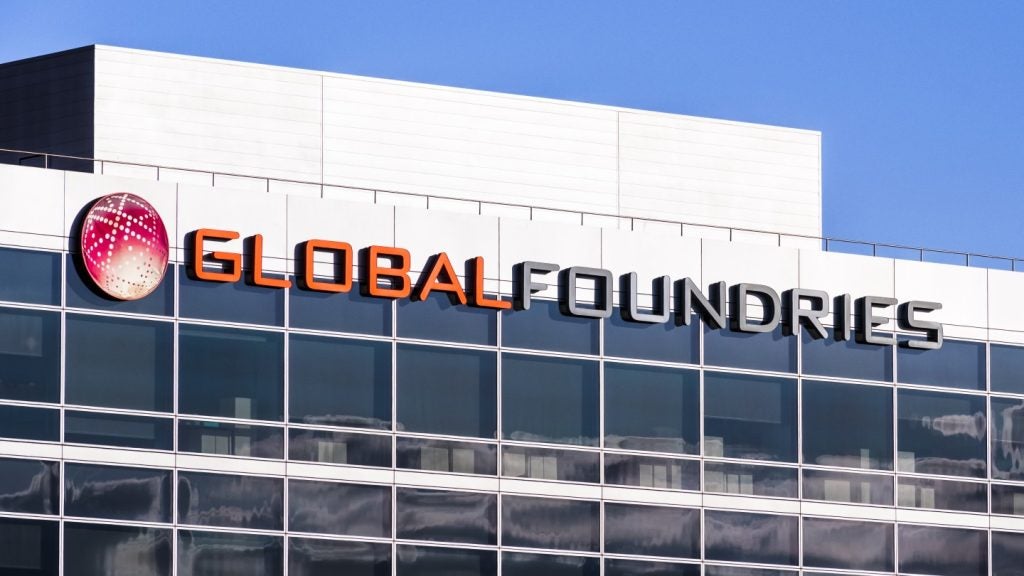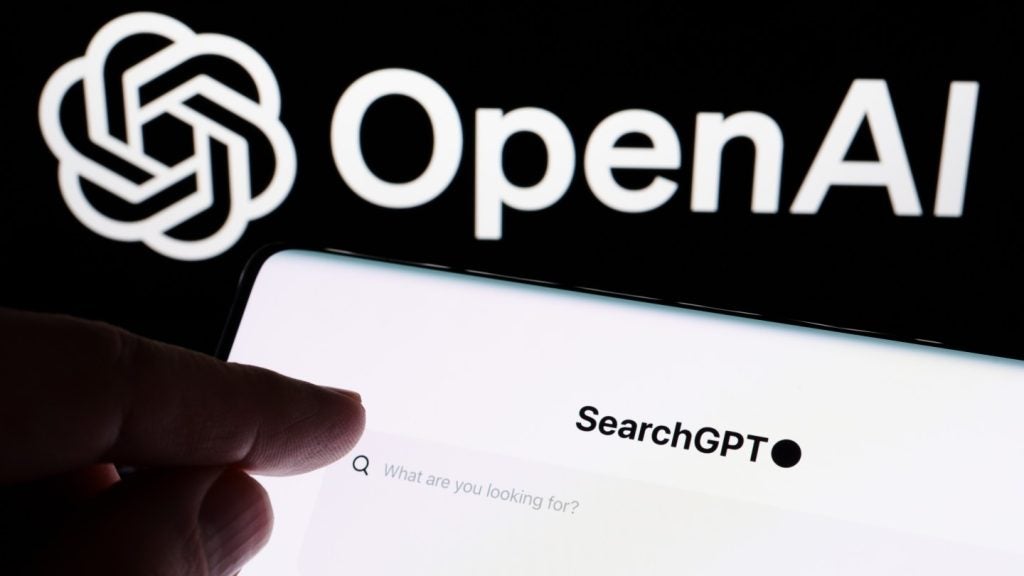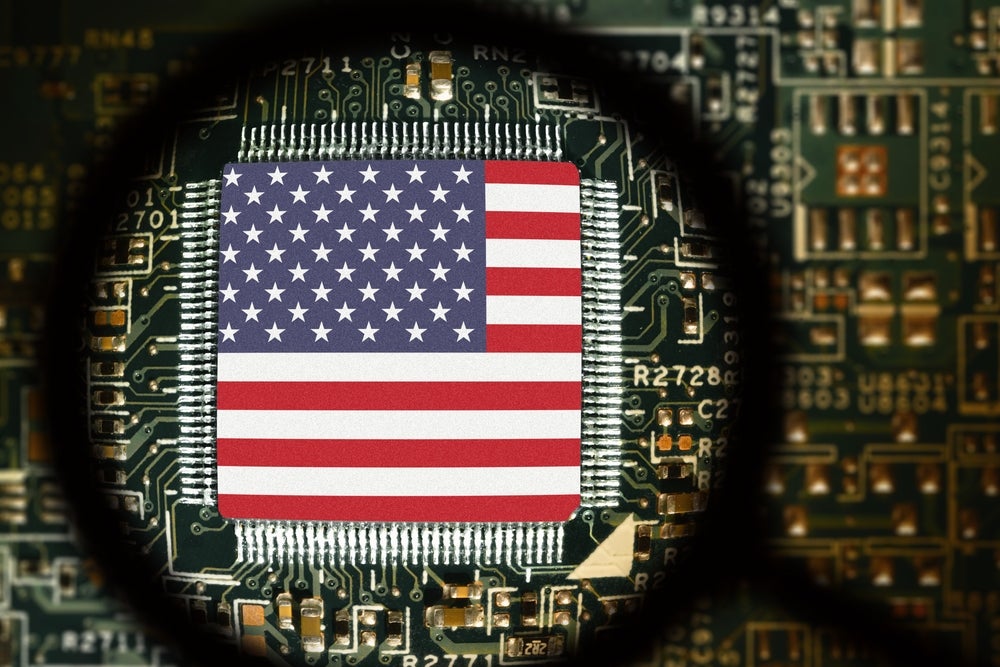
Made ubiquitous for its iconic multicoloured blocks, toy manufacturer Lego has proven adept at identifying new markets to expand into and the factors that affect the demand for its products.
From Lego Star Wars games and Harry Potter castle sets to bouquets of Lego flowers, the Danish company has a track record of capturing and retaining audiences of all ages.
Recognising the need to push forward yet again, Lego is now responding to consumer preferences for environmentally friendly productions and is expanding further into digital spaces following the success of Lego Fortnite.
The toy giant announced strong results at the end of August, with a 26% rise in operating profit for the first half of 2024. It also reiterated plans to ensure sustainable long-term growth through its three strategic initiatives: memorable brand experience in retail, digital and global supply chain network.
Responding to the strong results, Lego’s CEO Niels B Christiansen said: “We used our solid financial foundation to further increase spending on strategic initiatives which will support growth now and in the future to enable us to bring learning through play to even more children.”
An increased push into gaming
Speaking recently to Bloomberg, Christiansen expressed the desire for the firm to emulate the recent success of Lego Fortnite.
“It’s not new for the Lego Group to do partnerships and license agreements, and it’s clearly our ambition that we will do more,” said Christiansen.
Gaming has long been integrated into Lego’s revenue model, with the successful Lego Star Wars computer games franchise having been on the market since 1995.
According to GlobalData analyst Eren Cicyasvili, who specialises in the sector: “Gaming constitutes a considerable part of Lego’s revenue model.”
Cicyasvili says Lego’s success has in part been driven by high-profile licensing agreements and partnerships with the likes of Disney, Universal Studios and Warner Bros, offering games relating to franchises such as Harry Potter, Batman and Star Wars.
“These high-profile collaborations not only helped Lego to benefit from these franchises’ huge fan bases to increase its game sales but also helped it lift its own brand popularity,” explains Cicyasvili.
This focus on gaming regarding digitalisation far outstrips the company’s interest in harnessing other technologies.
According to GlobalData, Lego has filed significantly more gaming patents over the last decade than for other technologies like AI and the metaverse.
Sustainable bricks
Another way Lego is futureproofing its business revolves around its environmental footprint. The company has recognised not just the need to be conscious of its carbon output but also the rising consumer preference for sustainability.
After repeated unsuccessful experiments with the financial viability of using sustainable plastic to manufacture the firm's bricks, Lego has now announced that by 2032 the bricks will be made entirely from renewable and recycled plastic.
The firm's H1 results show that 30% of resin purchased in H1 was certified mass balance. According to Lego, this translates to an estimated average of 22% material from renewable and recycled sources in the raw materials it uses to make its bricks. It adds that this represents “significant progress”, with the mass balance figure up from 18% in 2023.
“Lego has been testing hundreds of different alternative materials to make its bricks for years,” explains Holly Aness-Bradshaw, thematic analyst at GlobalData.
Previously, the firm has trialled making bricks from recycled glass, but now the announcement indicates that the production will replace oil with food waste oil.
While a costly decision for the company, Anness-Bradshaw added that the decision to improve product sustainability places Lego as an “environmental leader in the toy market”.
Looking to wider implications of Lego’s decision, Anness-Bradshaw explains: “With any luck, Lego and others will push up demand for alternative oils, spurring suppliers to innovate further and increase production. Hopefully, this supports the alternative oils, which are currently supply-constrained.”
Alongside the efforts to find more sustainable production materials, Lego also encourages owners of unused bricks to donate them back to the company so they can be recycled through initiatives such as Lego brick takeback or passing them down to future generations.
Retail digitalisation
Focusing on how the company's digitalisation aims to create memorable retail experiences, Aoife McGurk, another GlobalData thematic analyst, comments: “Lego's products are focused on bringing out customers' creativity, which puts them in prime position to adopt digitalisation in their stores.”
McGurk explains that interactive displays, augmented reality experiences and digital kiosks could all help Lego differentiate its retail experience from competitors.
“In the future, interactive displays and kiosks could allow Lego's customers to design their own Lego sets, selecting their own colours, pieces, and even characters,” she adds. “Virtual and augmented reality could make this personalised experience even more immersive, allowing customers to visualise their new designs in real-time.”







